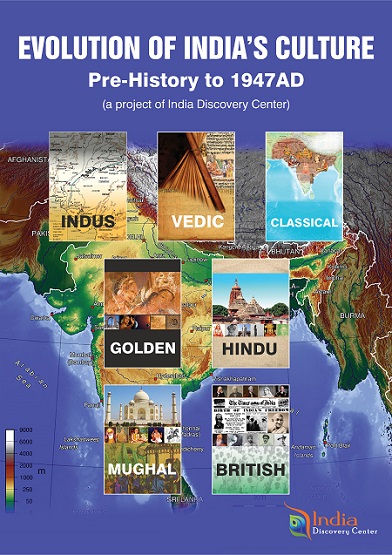Contribute
| India Golden Period (200 B.C – 500 A.D) Geography And People |
Hemendra Acharya
06/03/2021
India Golden Period (200 B.C – 500 A.D) Geography and People Soon after Ashoka died, his Buddhist leanings and pacific policy evoked open resistance. Greeks invaded India and advanced into the country up to Ayodhya and Chitor. Further disintegration was halted only when Pushyamitra (187-151 B.C), the Brahmana minister of Sunga dynasty took over. In the south and south-east, the Andhras and Kalingas, together with parts of northern India had already asserted their independence. Pushyamitra ultimately triumphed over the Greeks and drove them out of Magadha, perhaps even beyond the Sindhu. (Figure 1) The foreign Kushana power, which held sway over nearly the whole of North India as also considerable territory beyond, as far as Central Asia, shifted the center of political gravity from Patliputra to Peshawar. Kanishka, the founder of the Kushan Empire (78-101 A.D.) was a devout Buddhist and his son and successor followed the Vedic system. Kanishka was the greatest of the Kushan emperors. His empire seems to have stretched from Bihar in the east to Khorasan in the west, and from Khotan in the north to the Konkan in the south (Figure 2) The period witnessed important developments in religion, literature, and sculpture, Gandharan art and the appearance of the image of Buddha. It was a period of religious ferment and missionary activity. Figure 2. Kushana build up, 100CE. The period witnessed the development of Shaivism and Mahayana Buddhism and the introduction of Buddhism in China (61-67 A.D0). Takshashila (Taxila) university flourished drawing students from all around the world. (Figure 3) The Kushana empire disintegrated by the middle of the second century of the C.E. Many governors of provinces in Western and Central India declared independence. Saka Satraps ruled considerable parts of western India as independent rulers. The Andhra king of the Satavahana dynasty, Gautamiputra (106-130 A.D) extended his sway from Ujjain to Krishna river and from coast to coast, claiming suzerainty over the whole of Vindhyan region. He vanquished the Scythians, the Indo Greeks and the Parthians. His descendants eliminated the Sakas from Western India and Saurashtra completely. Figure 3. Takshashila University (an artist’s reconstruction), world’s oldest university. The literary and epigraphic texts of ancient India often refer to Sakas (Scythians) and the Pahlavas (Parthians), together with Yavanas and indicate that they soon adapted themselves to their new environs and began to adopt Indian names and religious beliefs. They are also known to have contracted matrimonial relationships with Indian families. The frescoes and the structures in Ajanta Caves help us reconstruct the religious life diring the period (Figure 4). The political disintegration following the dissolution of the Kushana empire continued right up to the beginning of the fourth century A.D. The Kushanas still ruled over western Punjab but had ceased to exercise any authority further east. The Sakas ruled over Gujarat and parts of Malwa but their power was rapidly on the decline. The rest of India was divided into several smaller kingdoms and autonomous tribal states. The time was ripe for a real Indian military leader to arise and build up a mighty empire and such a leader soon rose in a petty ruling family known as the Guptas. The Gupta Empire founded by Chandra Gupta I around 250 A.D ensured peace and prosperity to the people (Figure 5.). The intellectual greatness which characterized the Gupta Age was typified in the University of Nalanda, the symbol of the great international culture of which India was the universally acknowledged center (Figure 6). The country was populated with self-contained population centers that maintained trade and economic relations between them. The tax system was federated helping to support a creative life for all sectors in the society. The village as an independent unit functioned well for agriculture, craftsmanship, art, culture, and education operating in professional “guilds.†Families living together as tribes, multiple tribes forming clans and migration of these tribes and clans to cities triggered process of urbanization which intensified the use of coin currency. Though India’s contact with the outside world was established since prehistoric and proto-historic time, there was expansion of Indian culture and influence in Central and southeast Asia and the Pacific Islands during this period. Flourishing “Hindu†states arose in Burma, Siam, Malayan Peninsula, Annam, Cambodia, Sumatra, Java, Bali, and Borneo. References: The Wonder That Was India, A. L. Basham India As Known to Panini – https://archive.org/details/in.gov.ignca.4695 History & Culture of Indian People, Classical Age, Vol. 2, Published by Bharatiya Vidya Bhavan, Ancient Geography of India, Alexander Cunningham Our Indian Heritage – Will Durrant, The Story of Civilization Vol 1. ___________________________________________________________________________________________ Dr. Hemendra Acharya is a co-leader in Geography and People track in the project on "Evolution of Indian Culture: Pre-history to 1947AD" More information and updates on the project are available at https://www.facebook.com/Evolution-of-Indian-Culture-An-IDC-Project-107749391111922 More information on India Discovery Center is available at https://www.indiadiscoverycenter.org (c) Copyright 2021 India Discovery Center, Inc. All rights reserved.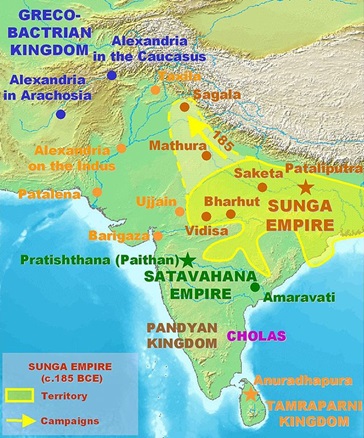 Figure 1. Sunga Empire, 185BCE
Figure 1. Sunga Empire, 185BCE
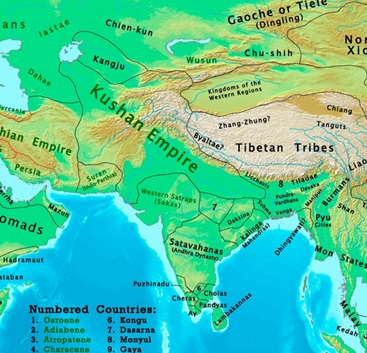
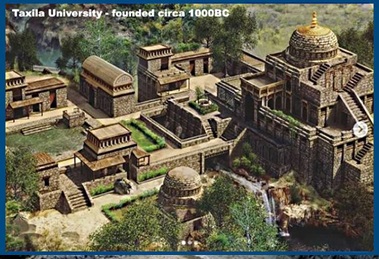
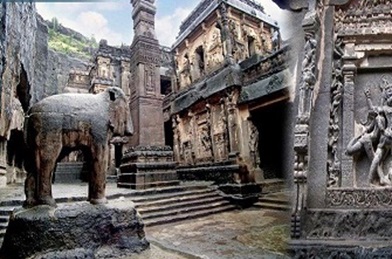 Figure 4. Residence and courtyard in Ajanta Caves (200AD)
Figure 4. Residence and courtyard in Ajanta Caves (200AD)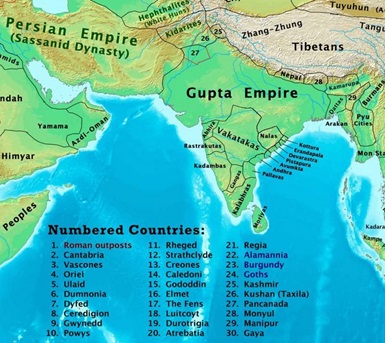 Figure 5. Gupta empire in India (400AD).
Figure 5. Gupta empire in India (400AD).
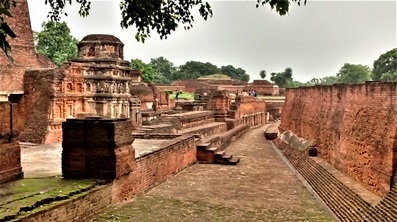 Figure 6. Ruins of Nalanda University
Figure 6. Ruins of Nalanda University
You may also access this article through our web-site http://www.lokvani.com/
